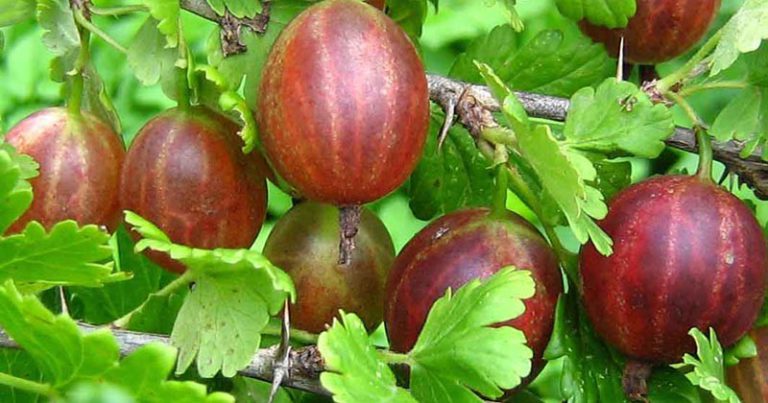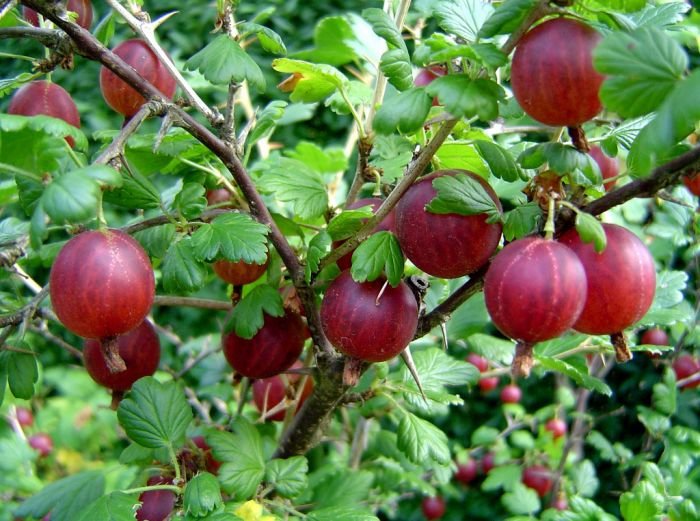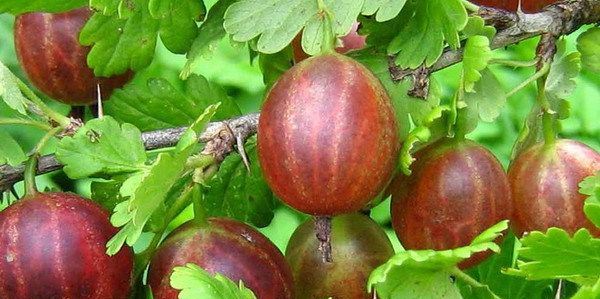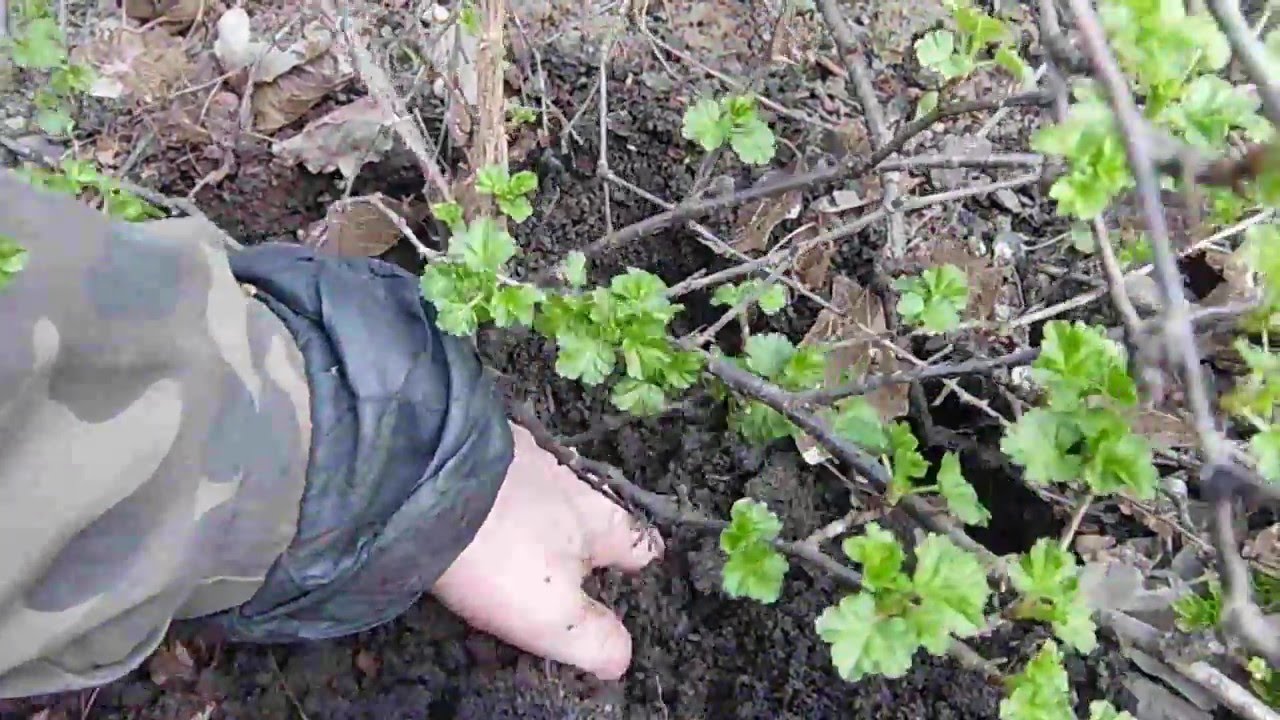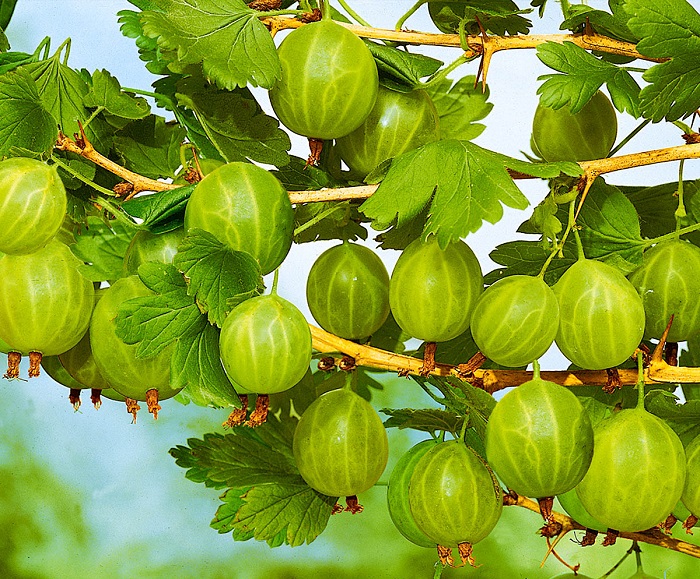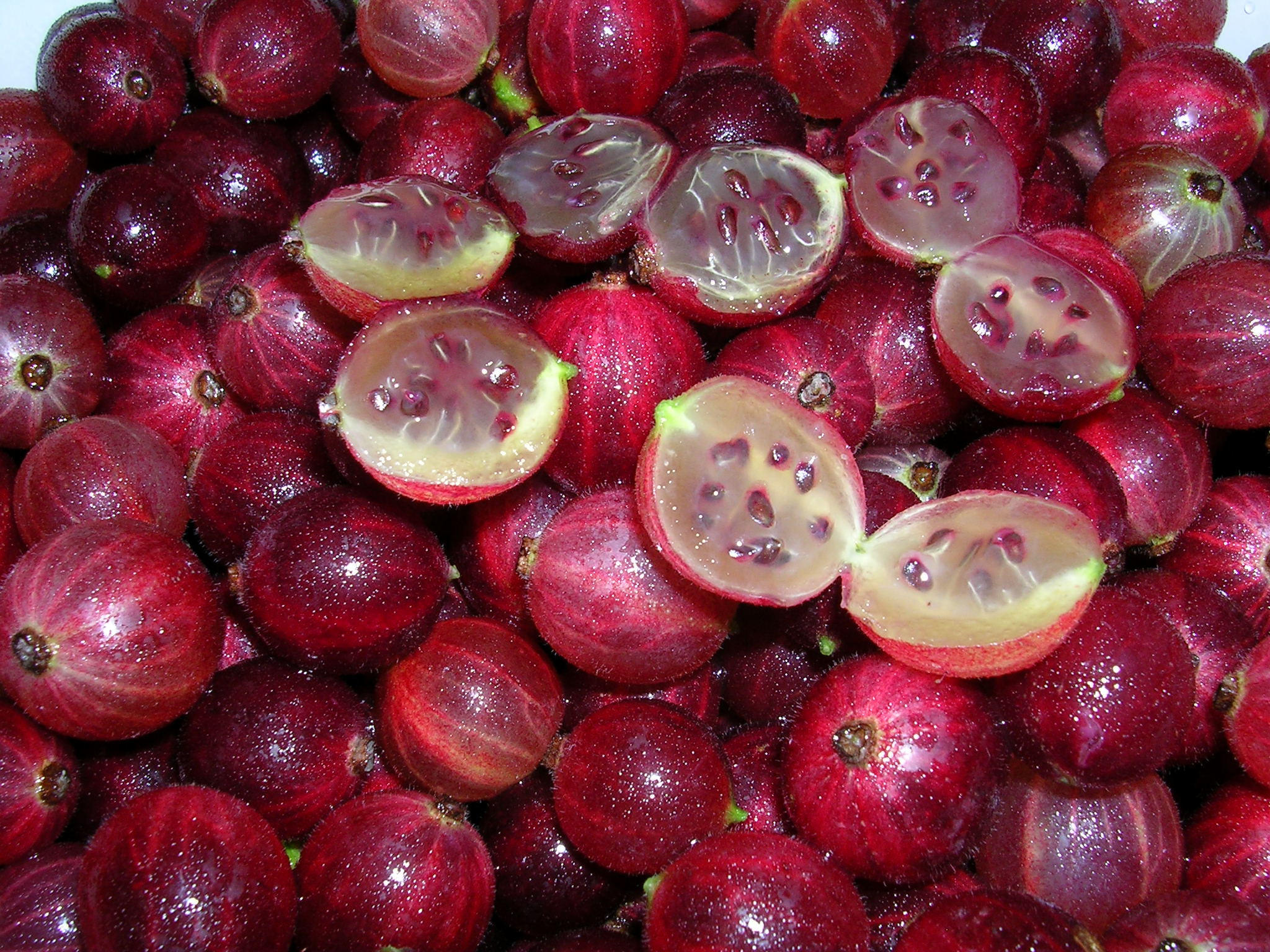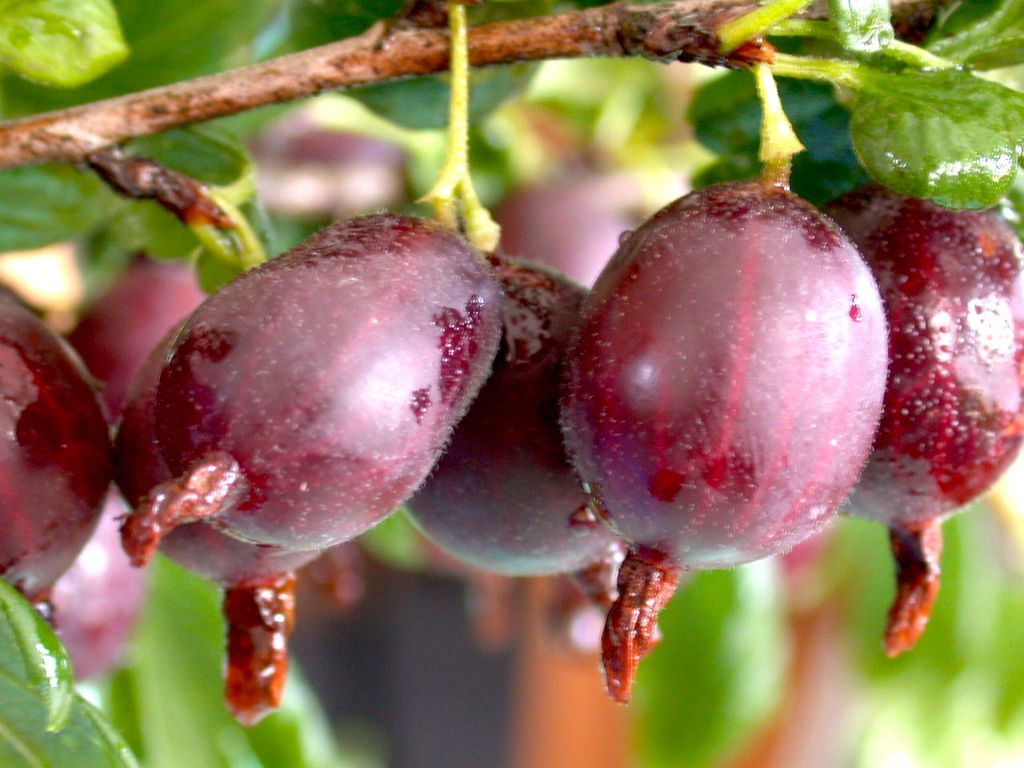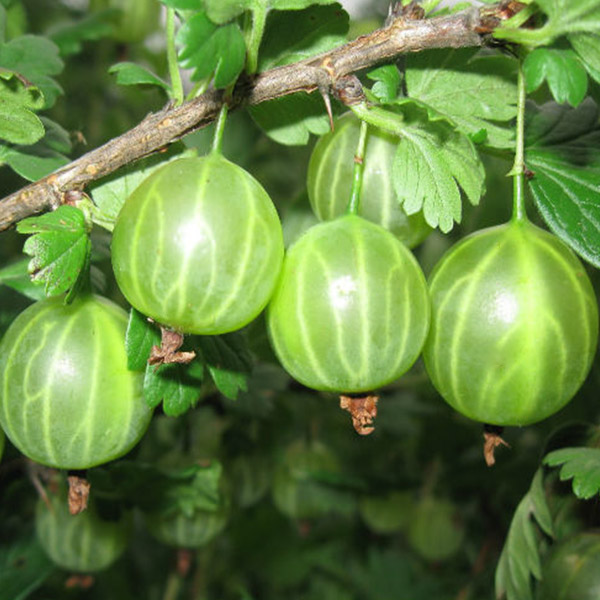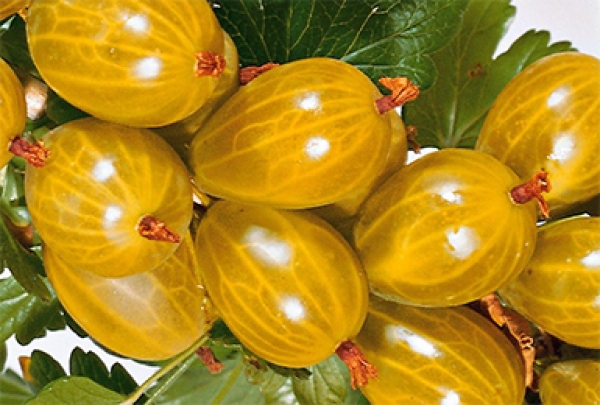Content:
Thanks to breeders, a large number of gooseberry varieties have appeared recently, including thornless shrubs. These plants include the Yubilyar variety. Among its other advantages are frost resistance, unpretentiousness, good taste. The agrotechnology of the plant is not difficult. Even a novice summer resident can handle planting and growing.
Culture information
Gooseberry is a berry shrub that does not represent a very large family of Grossulariaceae (Gooseberries). Depending on the variety, the plant can grow from 0.6 m to 1.5 m or 2 m. There are weakly branched, highly branched bushes. They are all perennials. The average life expectancy is 15-30 years. During this period, the culture produces delicious berries. In shape, they are oval, in the form of a sphere or oval-rounded. Types of fruit color:
- Burgundy;
- White with a light green note;
- Light emerald;
- Yellow.
The crop is grown for harvest or as a hedge to decorate the site. Berries have beneficial properties. In particular, due to the high content of ascorbic acid (there is more of it than in some citrus fruits) and pectin substances, they increase immunity, fight against heavy metal poisoning.
All members of the family were divided some time agos into two large blocks:
- Classic;
- New and hybrid.
Classic - time-tested varieties. These are thorny shrubs with little frost resistance. They are especially demanding for the gardener's attention. At the same time, the growth of runs is weak. According to reviews, berries from classic bushes are the sweetest.
Breeders were able to develop new and hybrid plants based on the North American varieties of the berry. They are more unpretentious, have good immunity, and start active growth immediately after planting. These varieties include the Yubilyar gooseberry.
The history of the creation of the variety
The jubilee is derived from two representatives of culture: the unpretentious African and the unpretentious Lefort. After many experiments, scientists were able to get a bush that took the best qualities of the parents. The declared originator of the new generation variety is the South Ural Scientific Research Institute of Horticulture and Potato Growing.
Characteristics of the variety
There are six parameters by which you can most fully get acquainted with the Yubilyar gooseberry. Among them:
- Frost resistance;
- Productivity;
- Flowering process;
- Biological data of the bush;
- Description of the fruits.
- Immunity.
Frost resistance
The variety, like its parents, is characterized by increased frost resistance. It grows without problems in regions where in winter the temperature drops below -28 ... -32 degrees. Also not susceptible to returnable spring frosts.
Yield
Gooseberry Anniversary description of the variety which speaks about yield, has an average ripening period for fruits. Summer residents pick the first sweet berries in the second half of July. Closer to the end of the month, you can harvest. The plant begins to bear fruit in 1-2 years after planting.The maximum yield is harvested starting from 4-5 years after the transfer of the seedling to a permanent place.
Bloom
The culture is one of the first to wake up from hibernation. Therefore, flowering begins early. Small flowers, light with a lilac shade, appear in May. Flowering lasts about 5-8 days. The flowers are bell-shaped, elongated. Each of them has five thin petals.
The variety is self-pollinating. Both male and female organs are present. Womens prevail. Despite self-pollination, it is best if another shrub will grow on the site. The main thing is to acquire a plant of a different variety. Suitable varieties:
- ü Honey;
- ü Krasnoslavyanskiy;
- ü Lighthouse;
- ü Donetsk firstborn;
- ü Plum, etc.
Biological data of the bush
Branched root. In the ground, it penetrates to a depth of about 1-1.3 m. But the bulk (root hair) is located in the soil layer 40, 70 cm from the earth's surface. Due to the peculiarity of the root, it penetrates deeply into the soil, the variety can tolerate short-term drought.
Shoots are partly straight, partly arched, durable. Scattered to the sides in moderation. The bush grows strongly, so timely pruning is necessary for it. The height of the shrub is about 1.4-1.75 m.
The variety, like its African parent, is thornless. But there may also be subtle, mild thorns. They do not interfere with the collection of fruits. Leaves light green-emerald, consist of lobes.
Description of fruits
The jubilee is appreciated for its tasty and large berries. In technical maturity, they are green and yellow. At this time, they are suitable for collection and processing. Biological maturity occurs in 7-15 days. At this time, the fruits take on a burgundy pink blush. Greenish yellow areas are present.
Fruit shape is oval or in the form of a slightly elongated sphere. With proper care, the variety produces large fruits. Each berry weighs from 4.5 to 6.5 g. By the size of berries, the Yubilyar is similar to the Yubileiny gooseberry, as well as the varieties Shalun, Honey, Sirius.
Despite the absence of thorns, the variety, according to gardeners, has a remarkable taste. Belongs to the category of dessert varieties. The berries are sweet with a pleasant sour note. The pulp is dense, juicy. There are few seeds. Delicious sweet and sour jams, preserves, compotes are obtained from the variety. The fruits are consumed fresh.
Immunity
The hero of the day is distinguished by strong immunity. It is rarely overcome by powdery mildew. Pests, especially aphids, do not like the plant.
Features of agricultural technology
The variety is unpretentious in cultivation. But, in order to get a decent harvest every year, the shrub should be given attention.
Landing
Place and soil
For planting, it is recommended to choose healthy seedlings that are already 1.5-2 years old. Such plants take root faster. The material should be purchased in specialized nurseries or retail outlets. You can not take a product with defects and signs of illness.
Gooseberry Anniversary loves light spaces. The place for it is open, sunny. It is allowed to plant it next to fruit trees, keeping a distance of 2-2.5 m. The main thing is that the shoots with leaves and fruits should be illuminated by the sun for 4-7 hours.
The plant is not demanding to the soil composition. But it will not take root in a swampy lowland or in that part of the site where groundwater accumulates close to the surface. The earth should be loose, breathable. Both loam and light black soil are suitable. The pH should be neutral.
Planting guide
Experienced gardeners believe that planting is best done in the fall. In the central part of Russia, this is done in mid-September and early October. In the Urals - a few weeks earlier. In the southern part of the country - the end of October is approaching.
A month before the expected date of transfer of the seedling to a permanent place, a pit is dug. Its parameters:
- ü Depth - 80 cm;
- ü Width - 60-90 cm.
The soil is mixed with rotted manure, high-quality compost. On the day of planting, 130 g of superphosphate, 150 g of fly ash are embedded in the substrate. You can add 25 g of potassium sulfate.
Before planting, the branches of the seedling are pruned. The length is left at the level of 30 cm. Each shoot should have at least 4-6 buds. It is not necessary to bury the plant in the ground. The root collar should be level with the edge of the planting pit.
A young plant is tied to a stick that acts as a support. Then it is watered, the trunk circle is mulched with peat, straw, humus.
Care
Bush care includes activities:
- ü Watering;
- ü Loosening of the soil and mulching;
- ü Top dressing;
- ü Pruning;
- ü Prevention of diseases;
- ü Reproduction.
Watering
Despite the fact that the culture easily tolerates a short drought, watering is mandatory for it. Otherwise, this will negatively affect the quality of the berries and the total volume of the harvest. They actively moisten the ground in the trunk circle throughout June and July. The grower does this every 3-5 days. A 10-liter bucket of warm, settled water from a garden barrel is poured under one bush. It is impossible to overmoisten the soil, otherwise the plant will pick up a fungal infection.
Loosening and mulching
Loosening is recommended several times per season. The procedure is started in early spring. Peat, humus are suitable as mulch.
Top dressing
It is recommended to fertilize the soil under the bush in early June. A nutrient mixture is prepared from slurry. If this product is not available, it is allowed to use commercial fertilizers with phosphorus, potassium and nitrogen.
Pruning
The variety grows too actively. Therefore, pruning should be done every year in the spring. It is important to be in time before the sap flow begins. The first time the process is organized when the bush turns 2 years after planting. All old, deformed, injured shoots fall under the secateurs. All branches growing close to the soil are removed. Young shoots are thinned out.
Disease prevention
Even a variety with good health should be treated for ailments and pests. To do this, in early spring, the bush and the ground under it are watered with boiling water in which manganese is dissolved. In summer, the culture is sprayed with Bordeaux liquid.
If a summer resident noticed signs of a disease or pests, it is worth spraying with copper sulfate, Fitosporin, Alirin-B, Fundazol, Topaz or Aktellik.
Reproduction
It has been found that the variety reproduces best by basal cuttings. To do this, in April, one of the branches is laid on the ground and sprinkled with soil in several places. During the summer, independent plants grow in these places.
Benefits
- Like the African, Kolobok, Malachite, Commander, the gooseberry Anniversary practically has no thorns.
- Decent taste characteristics. The taste of Yubilyar berries can be compared with the fruits of Sadko, Mashek, Salut.
- Large berries of 4.5-6.5 g. The same size of fruits is in the Northern Captain, Yubileiny, Russian.
- Tolerates short-term drought.
- It is unpretentious to the composition of the soil, just like the Yantarny berry.
- The hero of the day has strong immunity. Rarely sick with powdery mildew. A similar characteristic is noted in the varieties Neslukhovsky, Houghton, Ural grapes.
disadvantages
- The variety grows too much, so it needs pruning. In this way, it resembles the gooseberries Chernomor, Uralsky.
- According to reviews, the skin of the Anniversary is thick. Similar berries in the varieties African, Shalun, Ledenets.
Gooseberry Anniversary will not cause trouble for the owner of the site. The sweet berries with a pleasant sour note are easy to pick due to the lack of sharp thorns. However, the bush must be cut off in a timely manner, as it is prone to rapid growth.
